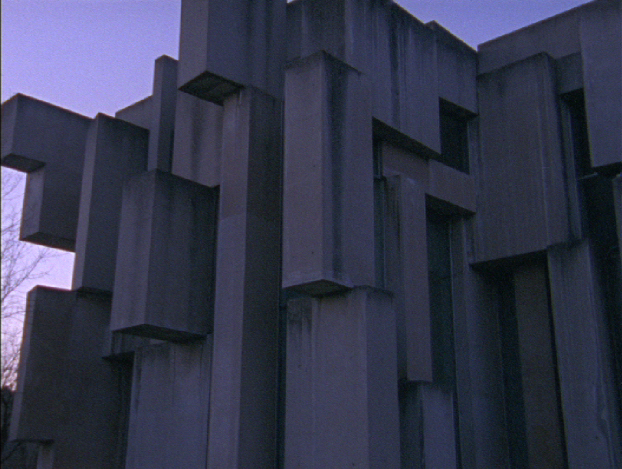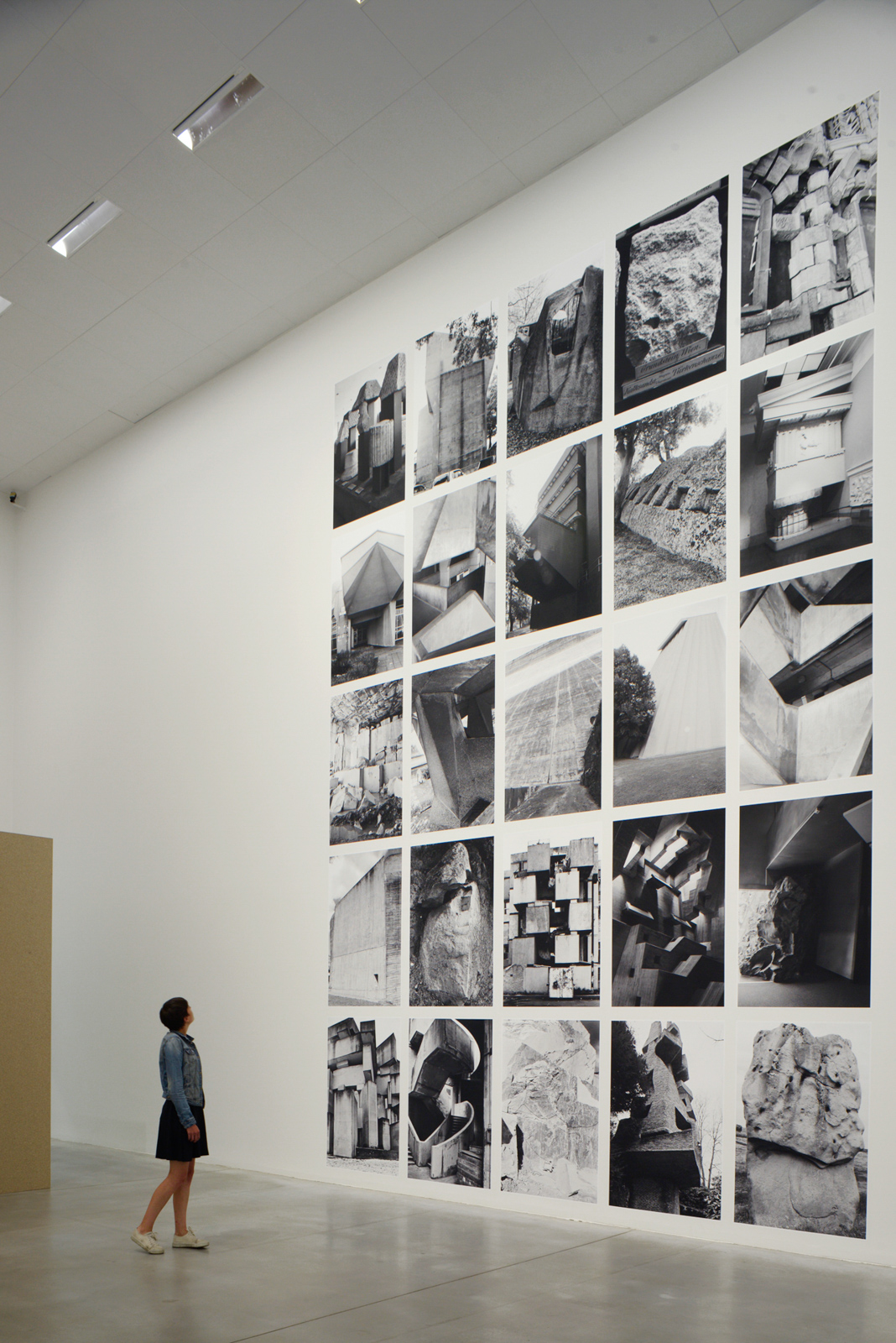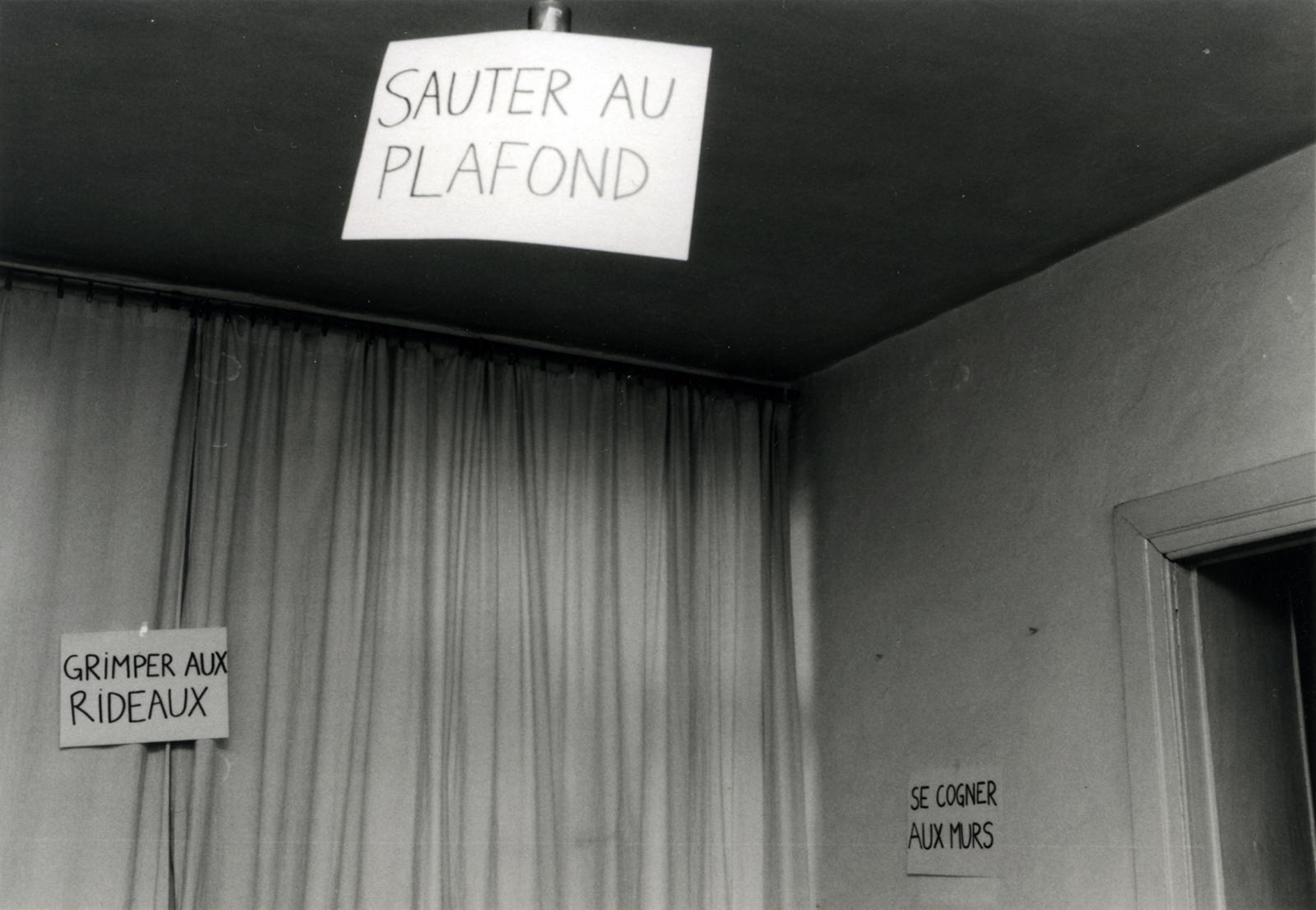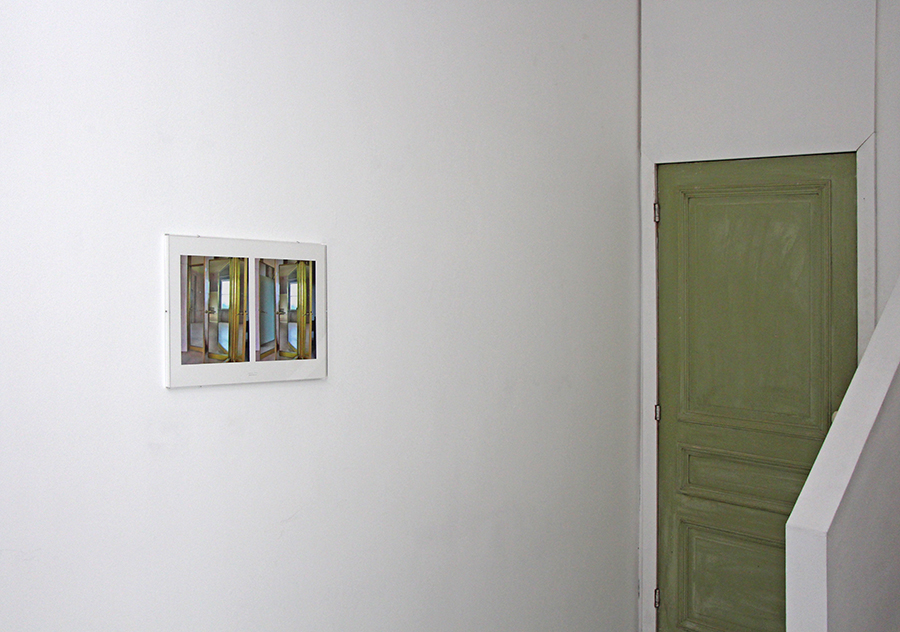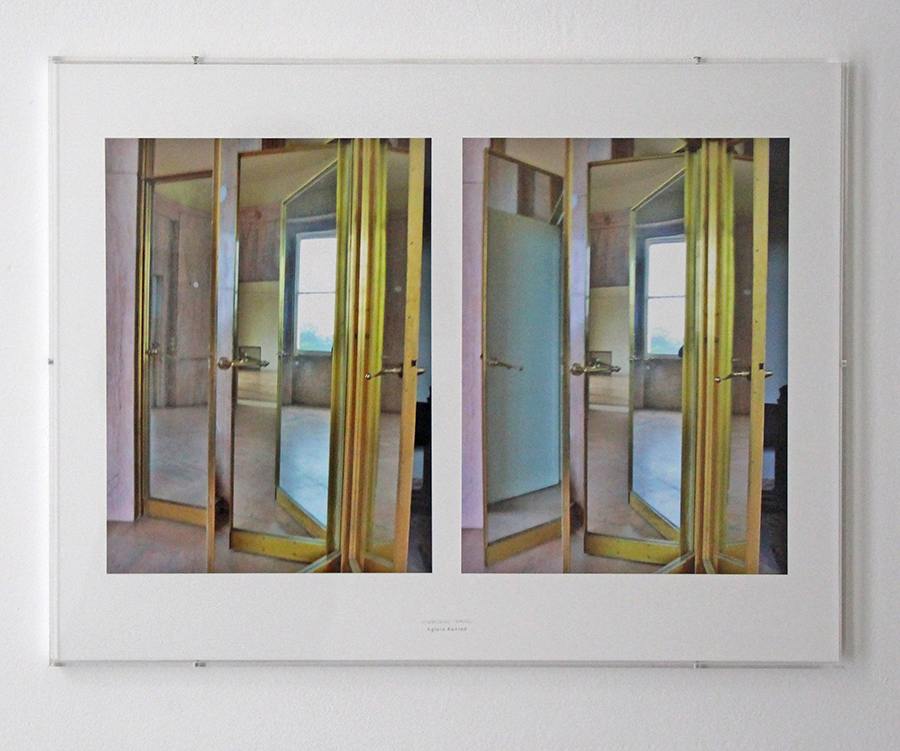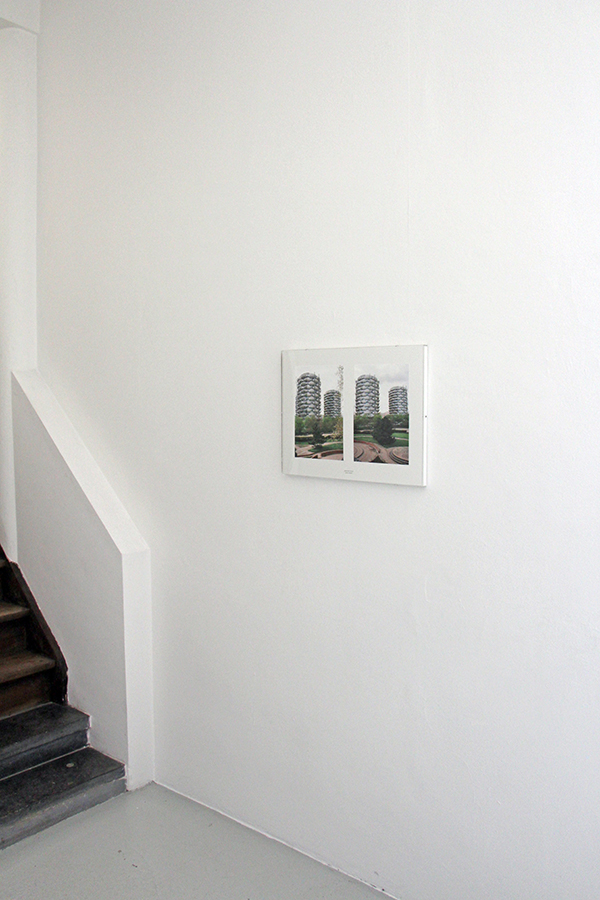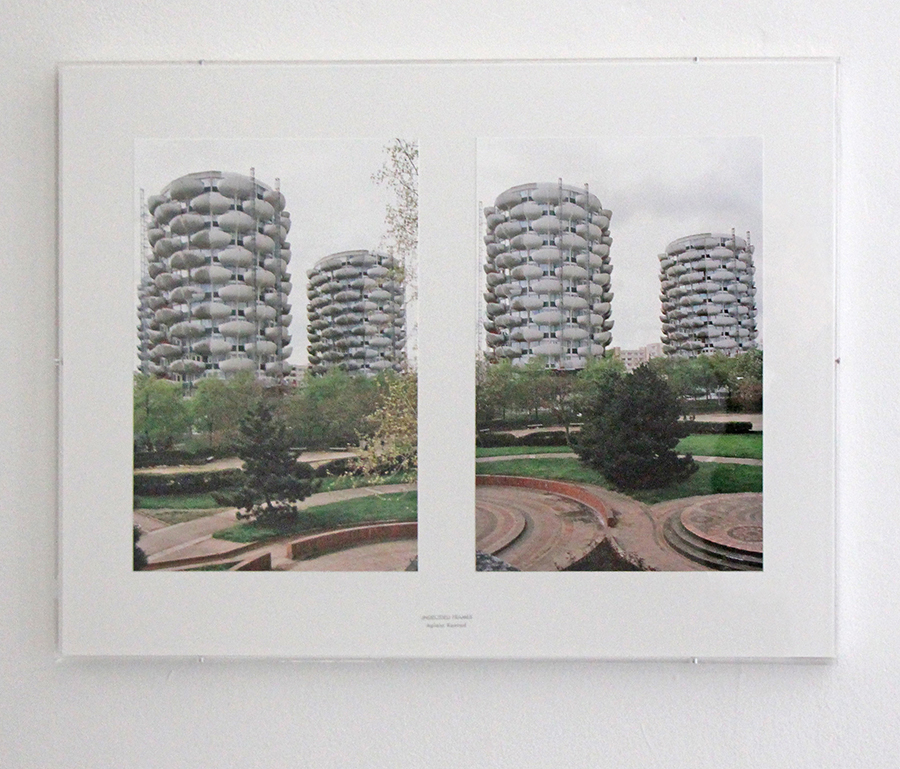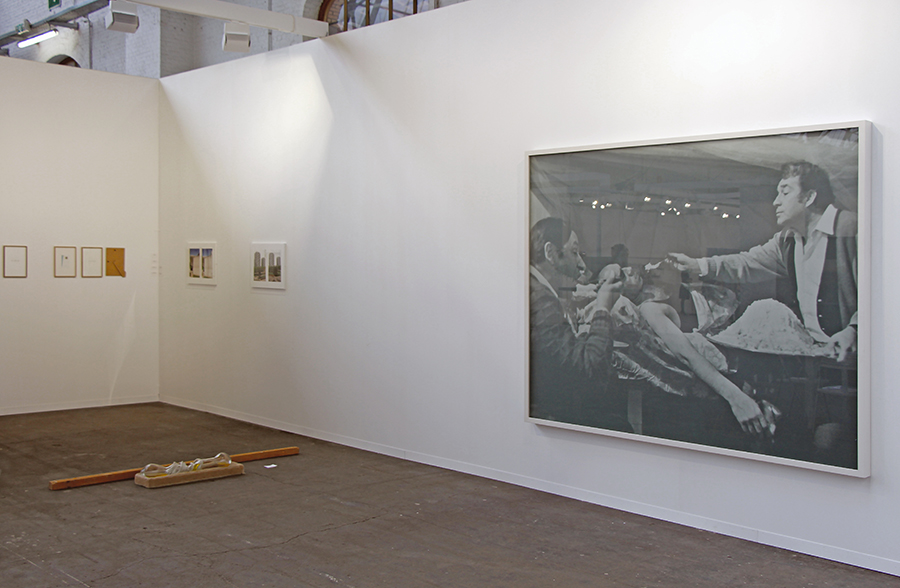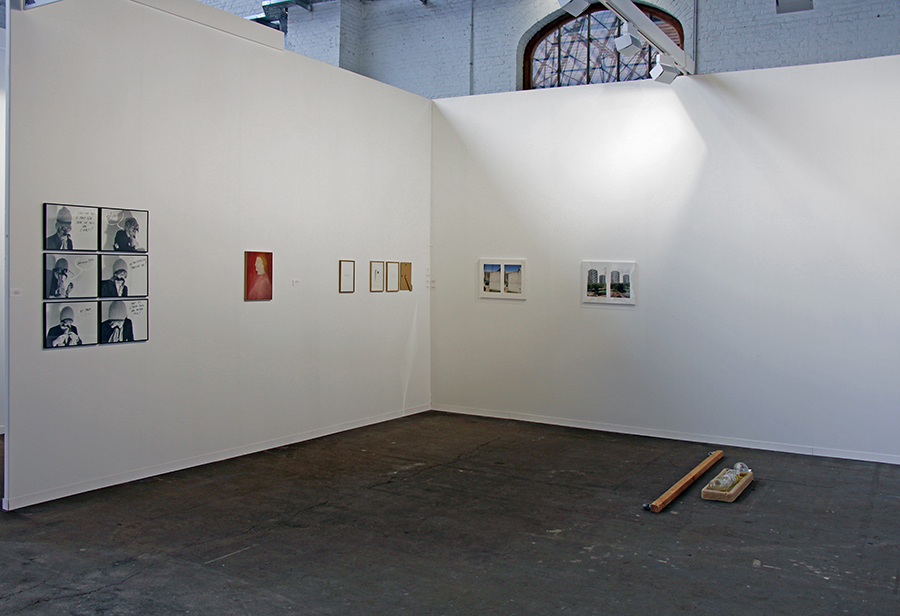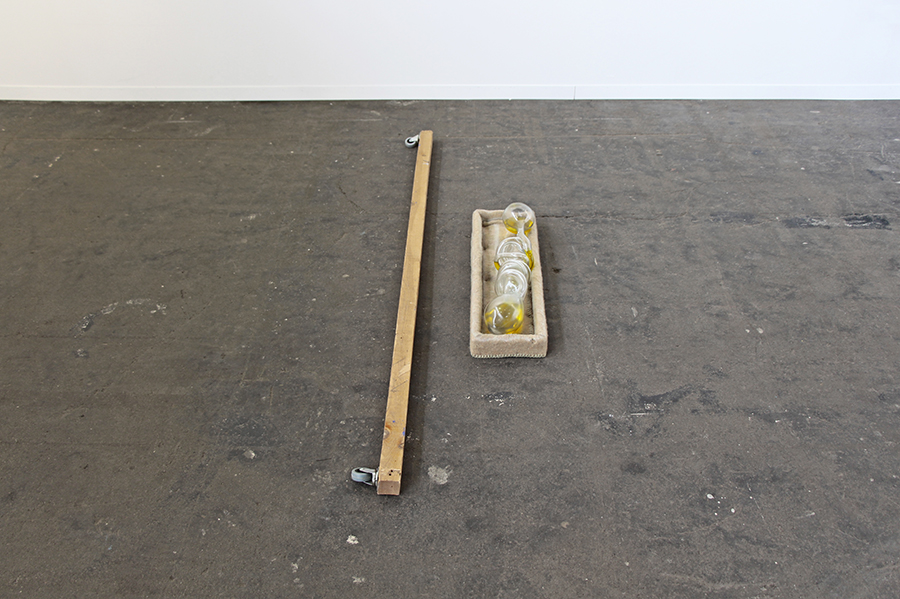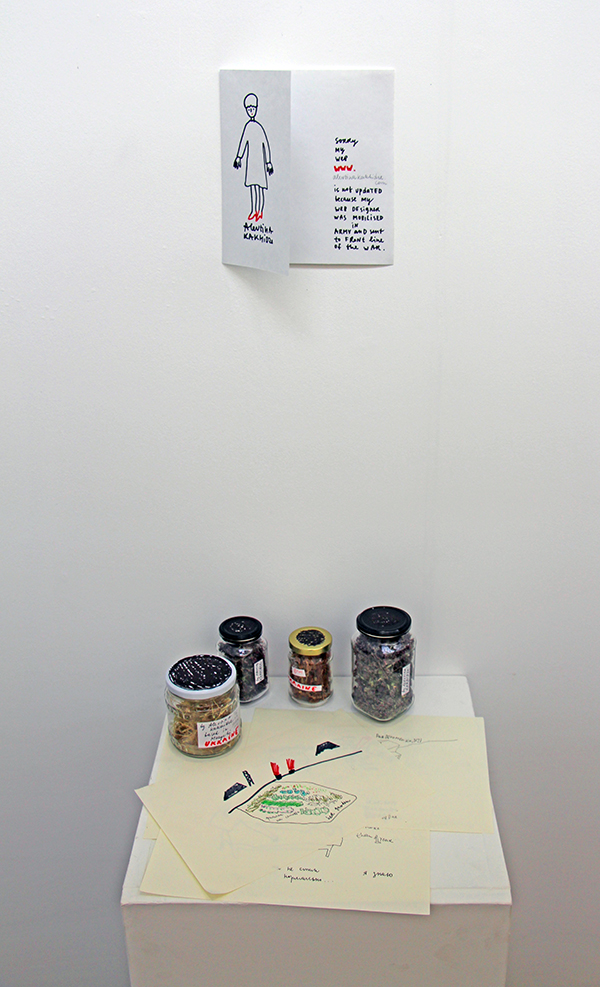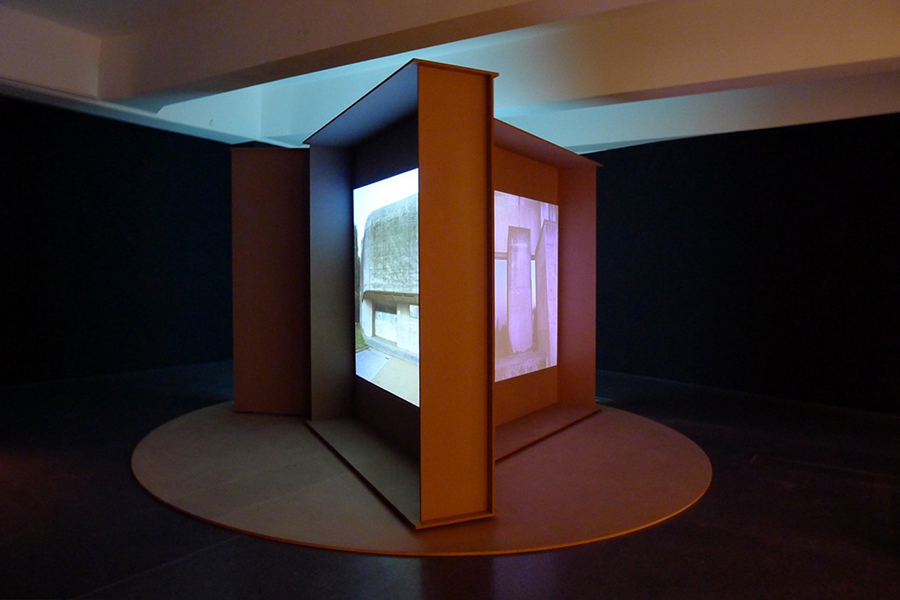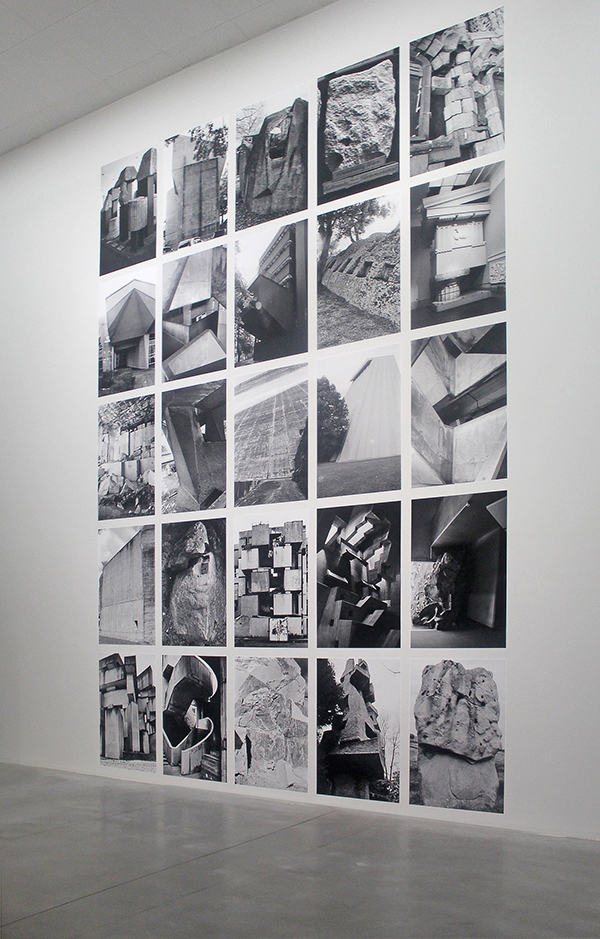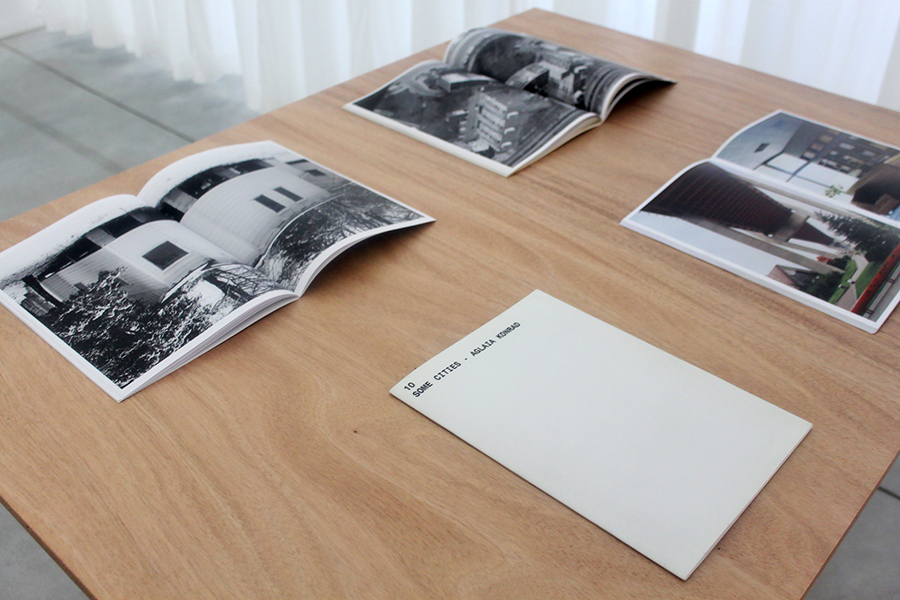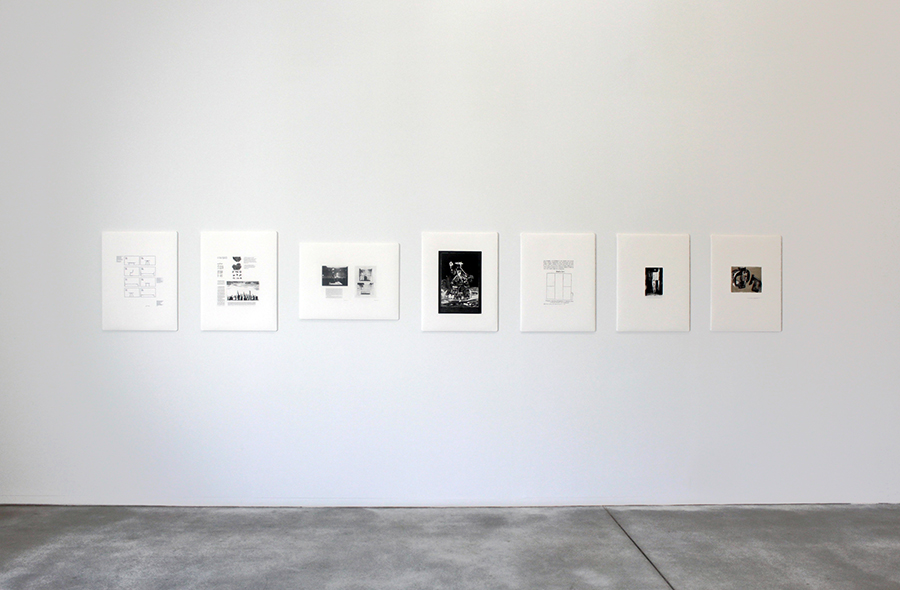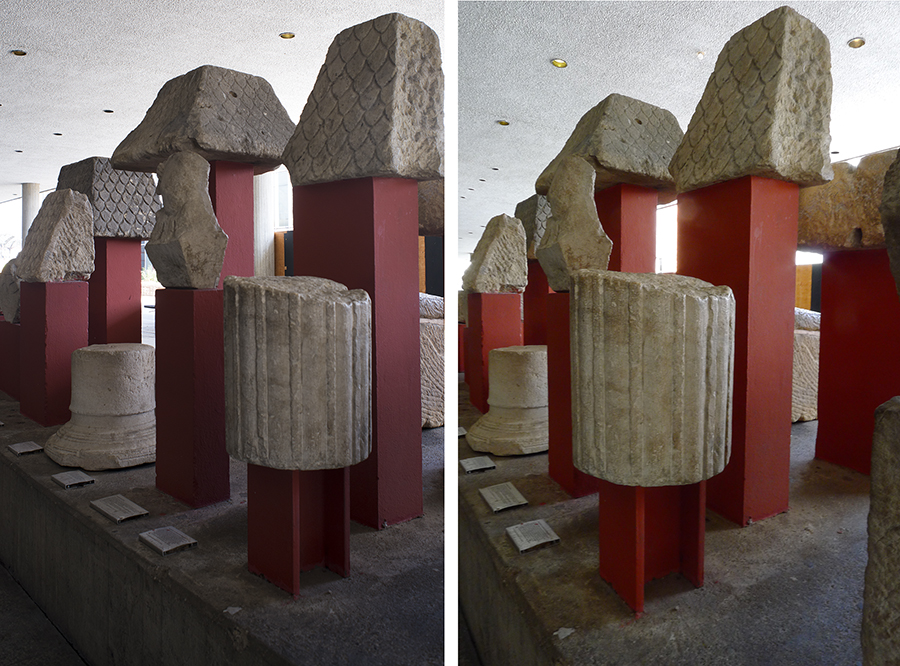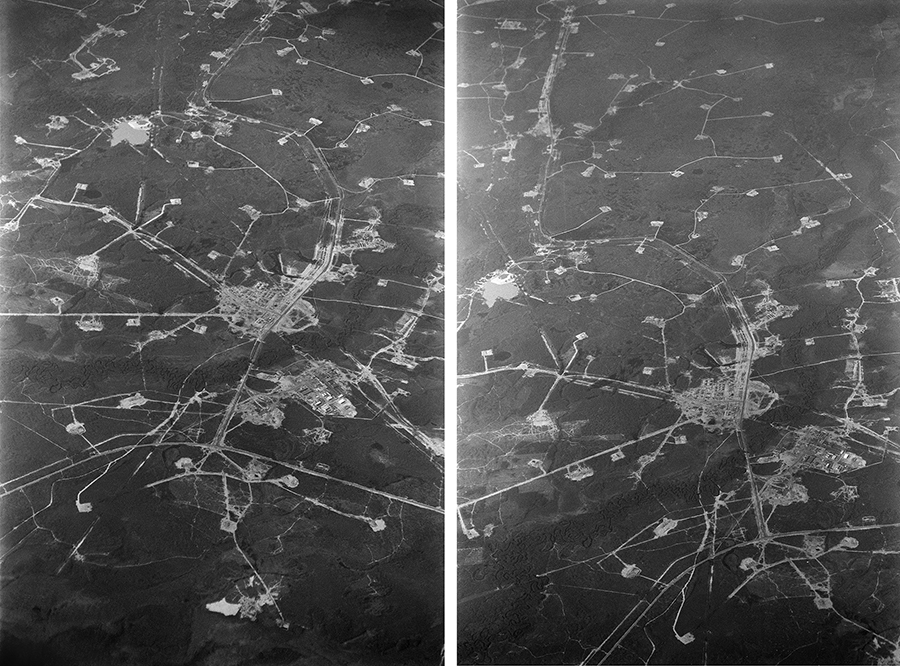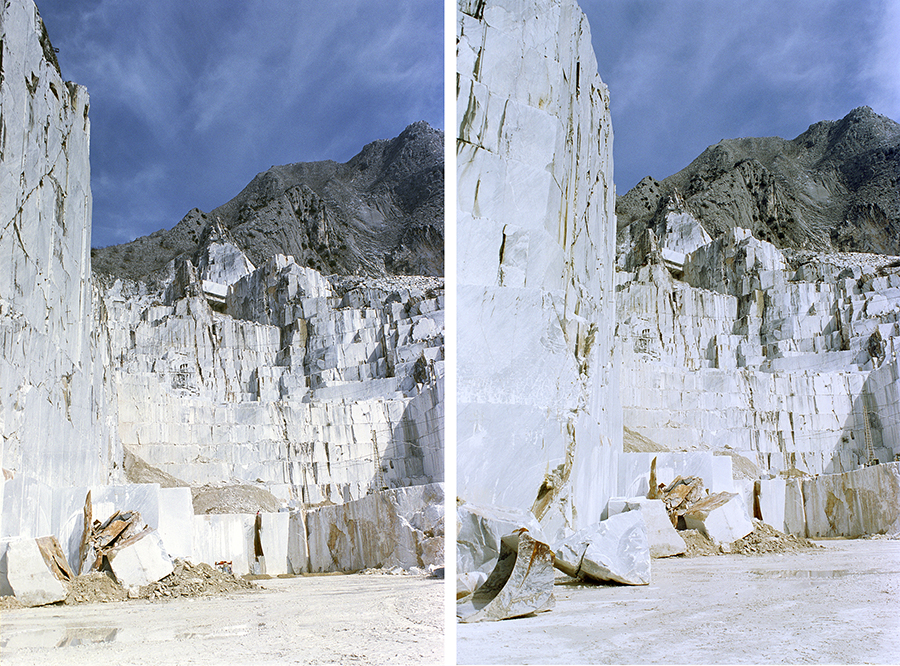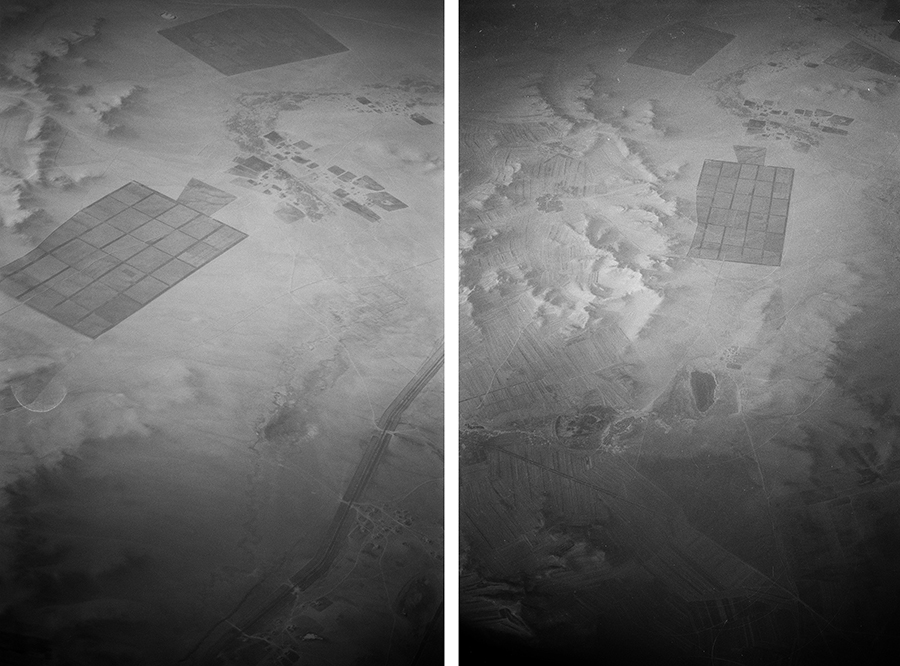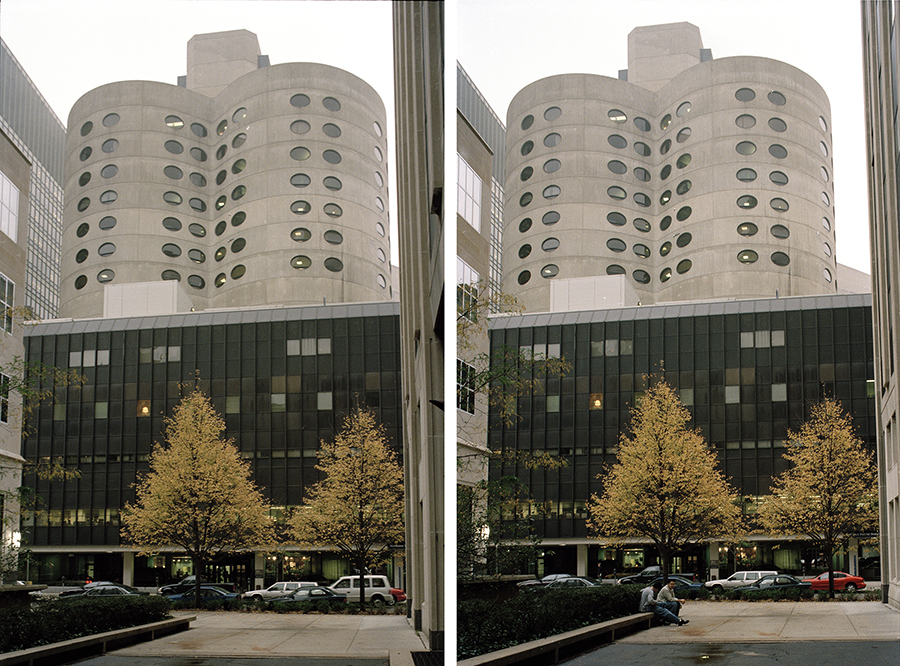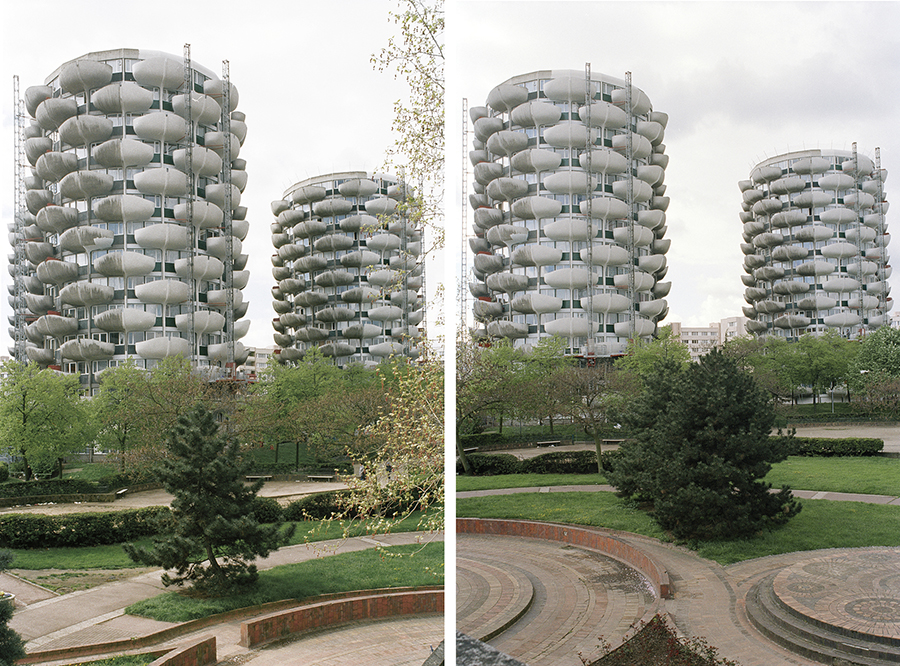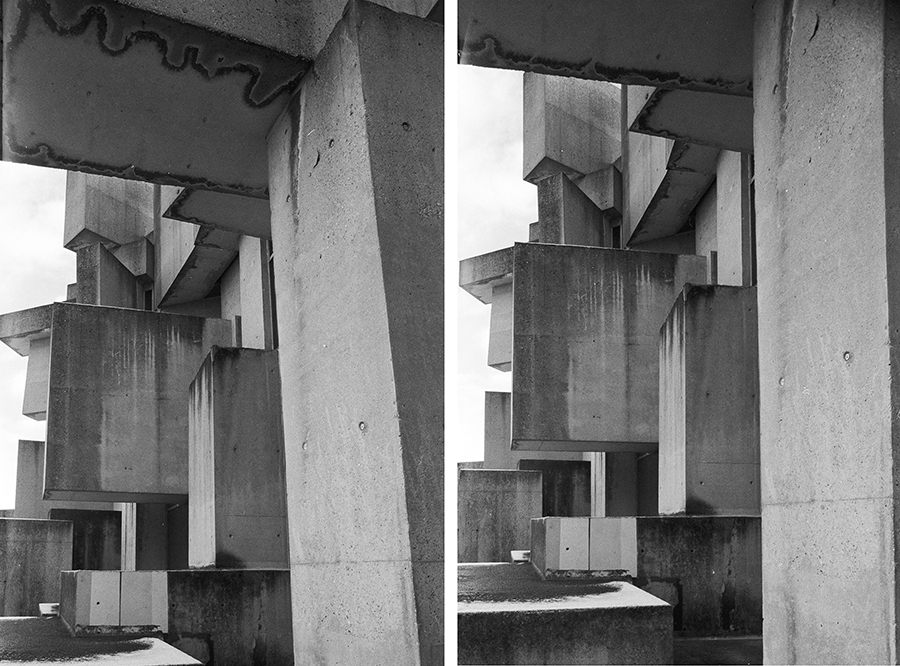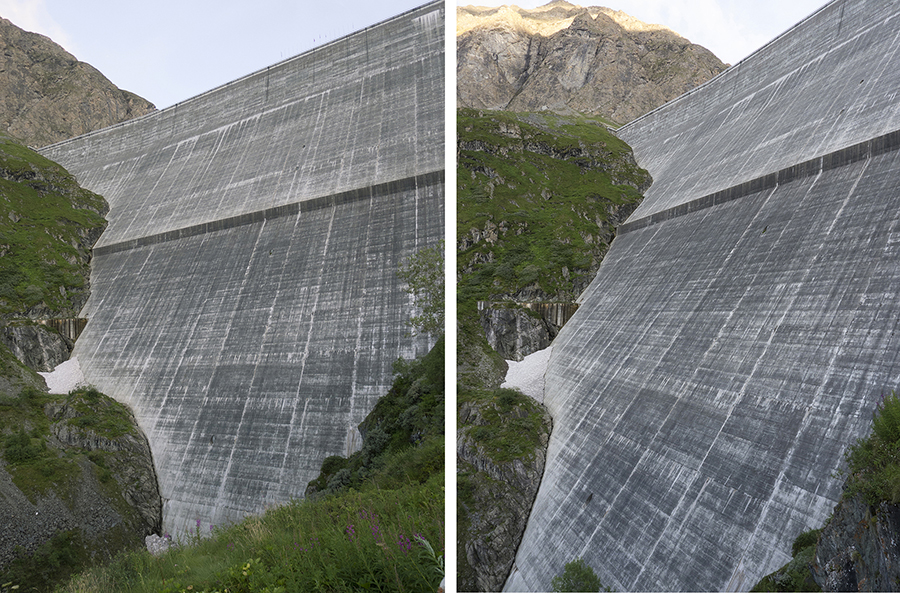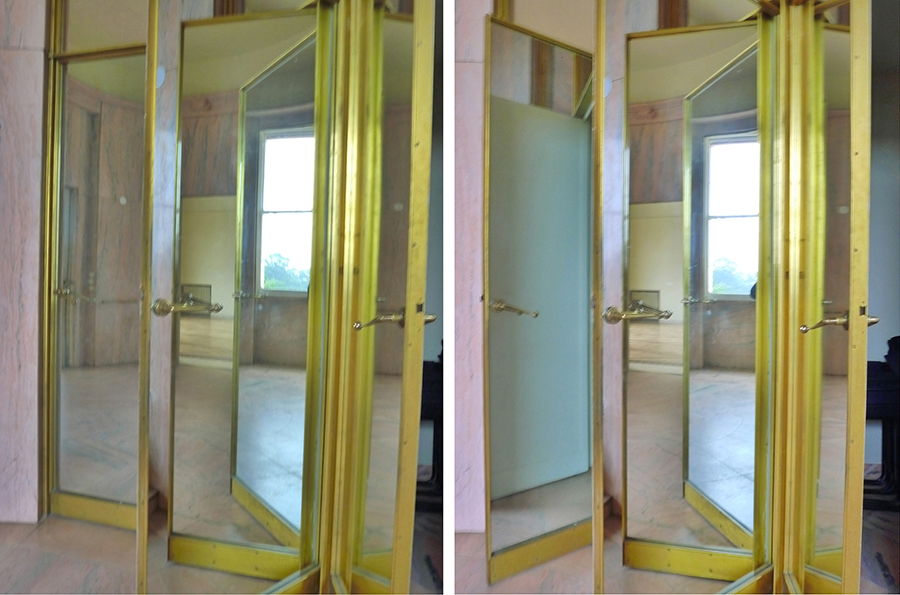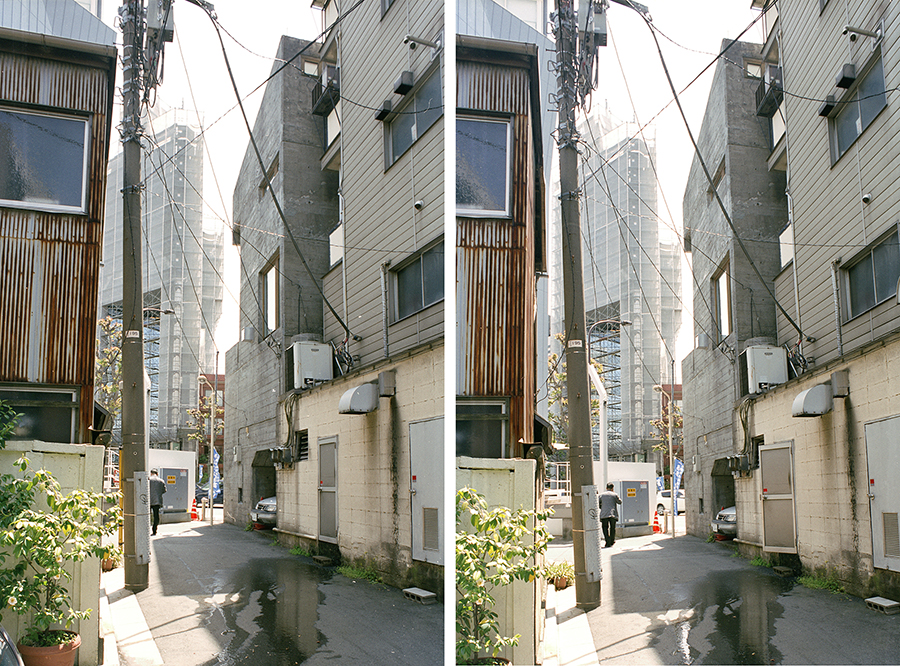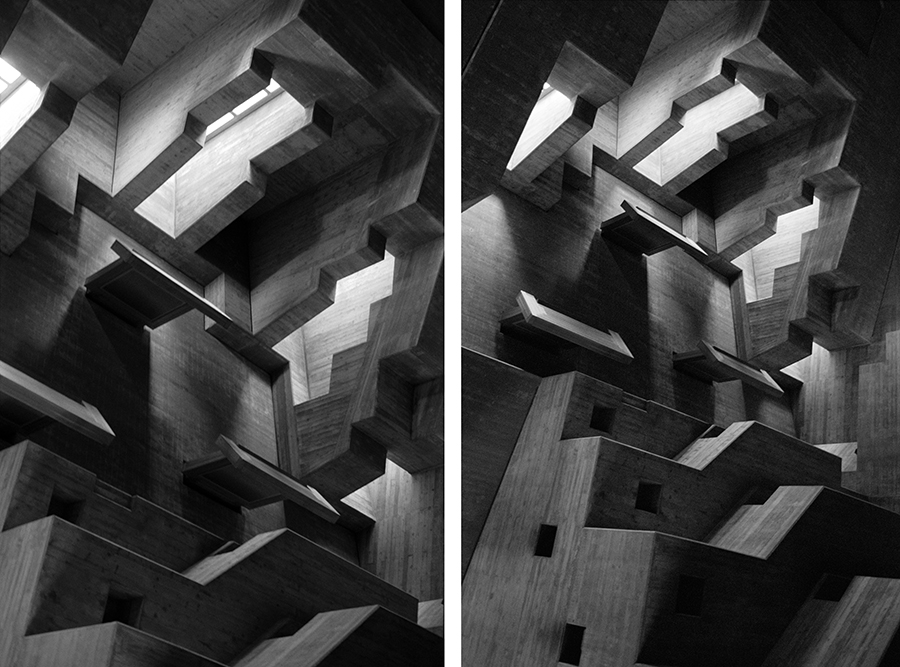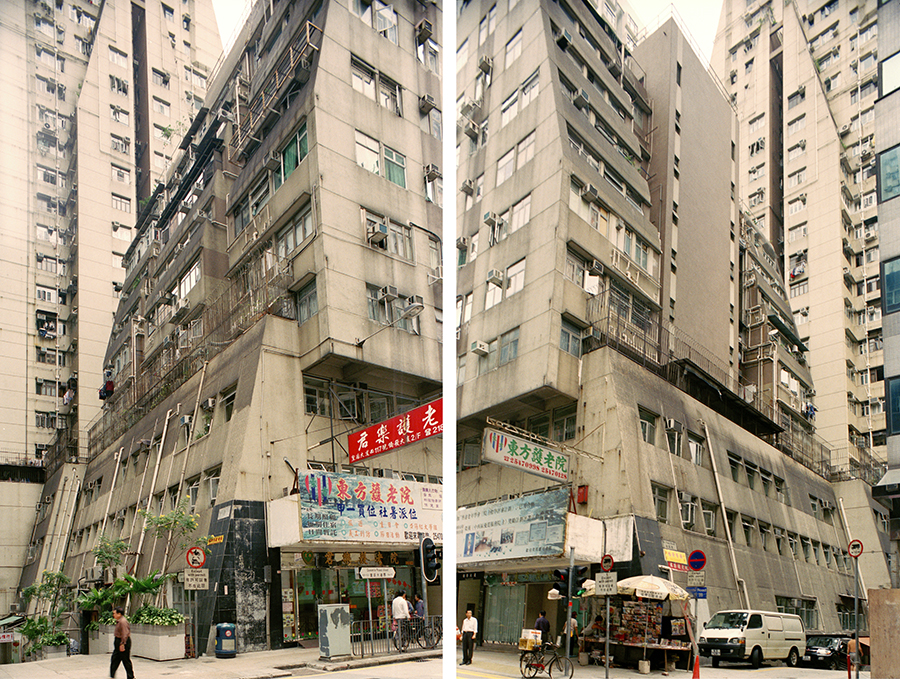Aglaia Konrad participe à l’exposition « Le Ciel devant soi, photographie et architecture religieuse » au Couvent des Jacobins à Toulouse, dans le cadre du festival « Printemps de Septembre ».
Le Ciel devant soi rassemble le travail de huit artistes européens, qui tous photographient des églises. Autour de ce sujet, s’ouvre un véritable panorama des pratiques contemporaines de la photographie. Témoignant tour à tour des plus ambitieux accomplissements de l’architecture, du rapport irrésolu à la transcendance ou des cahots de l’Histoire, les bâtiments religieux permettent les observations les plus variées. Les artistes se sont donc emparés de ce sujet, l’un pour exalter l’esthétique de ces monuments, l’autre pour raconter des transformations urbaines et sociales, pour questionner le fonctionnement de ces machines à faire croire, pour montrer l’irruption formelle de la modernité, pour chercher la trace d’une idée dans le béton, ou encore évoquer les souvenirs d’un front de guerre. Bref, si les théologiens décrivent l’architecture sacrée comme « un morceau d’espace fini qui nous protège de l’infini », pour les photographes du Ciel devant soi, c’est avant tout « une vraie source de vie quotidienne ». Avec : Eric Tabucchi, Fabrice Fouillet, Angèle Laissue, Cyril Porchet, David Spero, Christof Klute, Markus Brunetti, Aglaia Konrad
Du 2 juin au 17 septembre 2017
Aglaia Konrad, Concrete & Samples I Wotruba Wien, 16mm transferred to video, color, 4:3, no sound, BE, 2009, 13’37 »
Aglaia Konrad, Concrete & Samples II Blockhaus, 16mm transferred to video, color, 4:3, no sound, BE, 2009, 9’50 »
Concrete & Samples I, II, III is a series of 16mm films on sculptural architecture. What the buildings and site in all films have in common is the idea of ‘architecture as sculpture’ and a very distinct use of concrete that seem to depart from the free form of the whole in a sculptural manner. In the absence of a traditional narrative, it is the space itself, that takes the role of the protagonist, while the camera proposes a narration through its travel and observation.
Blockhaus, the Eglise St.Bernadette-du-Banlay designed by Claude Parent and Paul Virilio in Nevers, France, has a compact form: monolithic, a cryptic building, a raw concrete bunker. Built upon a utopian idea, the inside with its ‘sureface oblique’ (two oblique ramps) creates a spatial dynamic in the matrix of time.
The church of Fritz Wotruba, in Vienna looks like an enlarged piece of abstract sculpture, a kind of three-dimensional synthetic cubist arrangement of 152 concrete blocks arranged vertically and horizontally, but asymmetrically, in which the narrow spaces produced in-between are made use of as windows and doors.
[sociallinkz]
